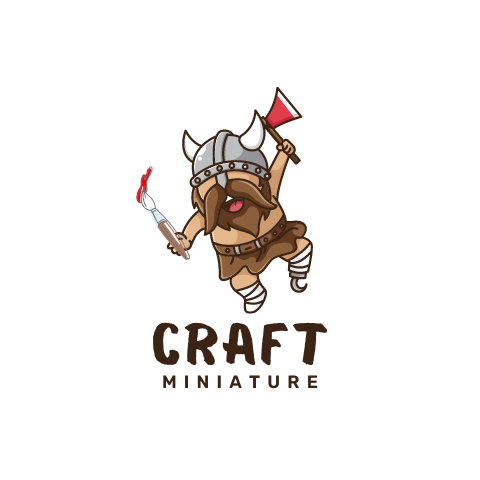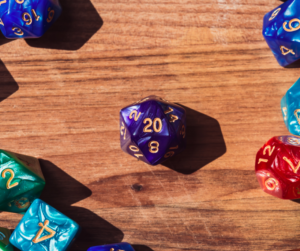The Romans were people who loved to play games. Board games, in particular, were popular among all age groups and provided hours of entertainment. Some of the most popular board games included Ludus Latrunculorum, Tic-Tac-Toe, Pachisi and more. This article will review eight board games that the Romans played and whether you can get your hands on these today!
Eight board games that the Romans played
Ludus Latrunculorum
This game is called latrones, which means “bandits” in Latin. The game was played on a board with squares that were coloured black and white. The game’s objective was to capture all of the opponent’s pieces or to block them so they could not make any more moves.

Ludus Latrunculorum, or “Soldiers’ Game,” was a famous Roman board game. The game is thought to have originated in the 1st century BCE and was played by both adults and children. The game’s objective was to capture all of your opponent’s pieces, and it could be played with two, three, or four players.
Tic-Tac-Toe
This game was played on a board with nine squares. The game’s objective was to get three of your pieces in a row, either horizontally, vertically, or diagonally. If neither player achieved this, then the game was a draw.

Tic-tac-toe, or “noughts and crosses,” is another board game that was popular among the Romans. The game is thought to have originated in Egypt, and two people usually played it. The game’s objective was to get three of your pieces in a row, either horizontally, vertically, or diagonally.
Pachisi
Pachisi is a game that originated in India and was later adopted by the Romans. The game was played on a board with squares that were coloured black and white. The game’s objective was to move all your pieces from your starting point to your home path.

Pachisi, also known as “Parcheesi” or “Ludo,” is a board game that originated in India. The Romans, who frequently traded with India, brought the game to Rome, quickly becoming popular among the people. Trade between India and the Romans was only boosted due to the conquest of Egypt in 30 BCE. This conquest led to increased trade through maritime trade routes. The game’s objective is to move all of your pieces around the board and into your opponent’s home base.
Senet
Senet is an ancient Egyptian game played on a board with 30 squares. The game’s objective was to move all of your pieces off the board before your opponent did.

The game of Senet is thought to have originated in the Predynastic period of Egypt (c. 6000 – c. 3150 BCE) and continued to be popular in the Ptolemaic Dynasty (323 – 30 BCE). The game was played by both adults and children and was thought to be a game of chance and strategy.
Nine Men’s Morris
This game was played on a board with 24 squares. The game’s objective was to form rows or columns of three of your pieces. If you achieved this, you could remove one of your opponent’s pieces from the board.

Nine Men’s Morris is another board game popular among the Romans. The game is thought to have originated in Egypt and was played by both adults and children. The game’s objective was to form rows or columns of three of your pieces, and if you achieved this, you could remove one of your opponent’s pieces from the board.
Tabula
Tabula was a game that was similar to backgammon. The game was played on a board with 24 squares. The game’s objective was to move all your pieces around the board and then off the board before your opponent did.
Tabula is thought to have originated from a Greek soldier in the Trojan war named Alea. The game became popular among the Roman people. The game is similar to backgammon and was played on a board with 24 squares. The game’s objective was to move all your pieces around the board and then off the board before your opponent did.
Knucklebones
Knucklebones was a game that was similar to jacks. The game was played with five pieces thrown up in the air and then caught. The game’s objective was to pick up the most knuckle bones in the time it takes to throw and catch with your other hand. With each successful catch, you could pick up an extra knucklebone. Increasing by one for every catch and successful retrieval.

Knucklebones was a game that was popular among the Roman people. The game’s origin cannot be pinned down to a specific location. It is thought that the game was invented across various cultures with archaeological excavations finding evidence of the game starting from 5000 BCE.
Alquerque (Checkers)
Alquerque is a game that is played on a board with 64 squares. The game’s objective was to capture all of your opponent’s pieces or block them so they could not make any more moves.

Now known as Checkers, Alquerque is thought to have originated in Egypt as far back as 1400 BCE and was a popular game among the Roman people. Different variations of the board game have been found as far back as 3000 BCE in the ancient city of Ur in Iraq. The game’s objective was to capture all of your opponent’s pieces or block them so they could not make any more moves.
Which board games did the Romans not play?
There are many board games that the Romans did not play as they were either not invented or were never discovered by the Romans. These include Chess and card games. Chess did not come from India to Europe until 1000AD, when it was popularised across European countries. Card games also did not reach Europe until the second half of 1400AD.
Which games can you still play today?
Tic-Tac-Toe, Pachisi, Senet, Nine Men’s Morris, Tabula, and Checkers are still playable today. You can find boards and pieces for these games at many game stores or online. Knucklebones are still playable, but you may need to make your board and pieces or search online to find a set.
So, if you’re looking for Roman-style entertainment, why not try one of these eight board games? You may find yourself hooked!
How do these games differ from modern-day board games?
Modern board games have their roots in the Roman games mentioned above. These games were popular among the people and provided hours of entertainment. Board games are still popular today and are enjoyed by people of all ages.
What are some of the challenges involved in playing these ancient games?
The challenges involved in playing these ancient games depend on the game itself. Some of the games, such as Senet, require strategy and planning. Others, such as Tabula, are more luck-based. The challenge is part of the fun!
No matter what game you choose to play, you’re sure to have a good time. So, get a group of friends together and try one of these ancient games!
Final Thoughts
The Romans were people who loved to play games. Board games, in particular, were popular among all age groups and provided hours of entertainment. Some of the most popular board games included Ludus Latrunculorum, Tic-Tac-Toe, Pachisi and more. This article has reviewed eight board games that the Romans played. So what are you waiting for? Grab a friend and start playing!


